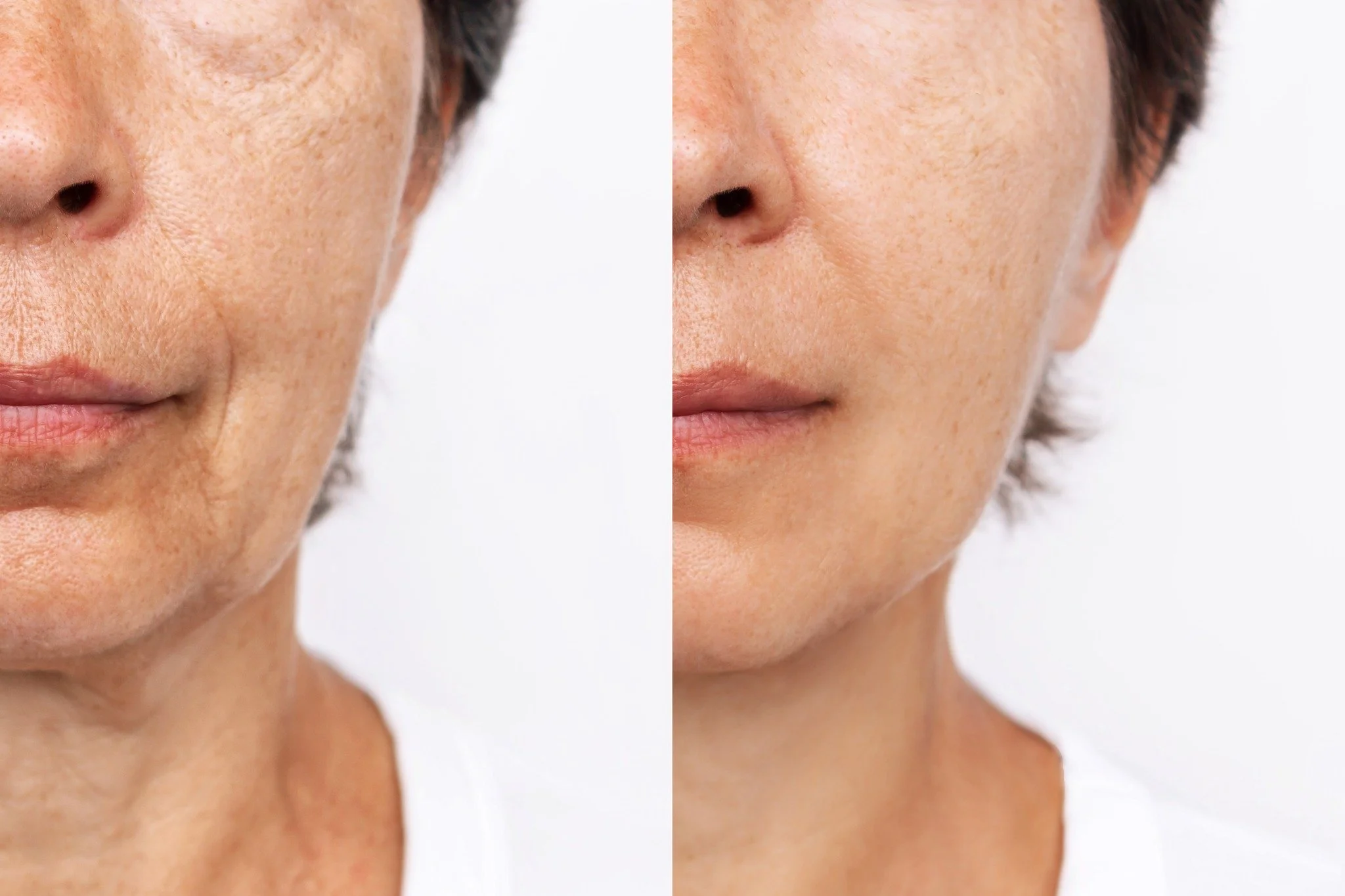The Science Behind Microneedling for Anti-Aging
/As we grow older, our skin undergoes various changes. Of all the emerging treatments that promise to turn back the clock and restore youthful skin, microneedling has soared to the top. Why is it so popular? It’s minimally invasive, with a growing body of scientific evidence supporting its effectiveness in anti-aging.
Understanding Microneedling
Microneedling, also known as collagen induction therapy, is a procedure that involves the controlled creation of microscopic channels in the skin using a specialized device. These tiny micro-injuries stimulate the body's natural wound healing process, leading to several rejuvenating effects on the skin.
-Increased Collagen Production and Elasticity.
Collagen is a vital protein responsible for the skin's strength, elasticity, and youthful appearance. As we age, collagen production decreases, resulting in sagging skin and wrinkles. A study published in the journal "Dermatologic Surgery" in 2018 demonstrated that microneedling significantly increased collagen and elastin production in treated areas, leading to improvements in skin texture and firmness.
-Enhanced Skin Penetration of Topical Products
Microneedling creates microchannels in the skin, temporarily increasing its permeability. This allows for better absorption of topical products that further enhance the anti-aging benefits. Applying Procell’s growth factor serums in conjunction with microneedling then provides exponentially more noticeable results, as demonstrated in a study published in the "Journal of Cosmetic Dermatology" in 2017.
-Reduction of Fine Lines and Wrinkles
The increased collagen production, along with improved skin texture, leads to a smoother and more youthful complexion. A clinical trial published in "Plastic and Reconstructive Surgery" in 2019 reported a significant reduction in fine lines and wrinkles in participants who underwent microneedling treatments. The results were particularly evident in areas like crow's feet and smile lines.
-Reduction of Hyperpigmentation and Scarring
Microneedling can also address skin concerns like hyperpigmentation and scarring by promoting skin turnover and the formation of new, healthier tissue, as demonstrated in a review published in "Aesthetic Surgery Journal" in 2018.
Ready to try it? David Blatt, LAc, offers microneedling for anti-aging at his City Park location in Denver. Anticipate at least 4-6 treatments to see notable results. Schedule now.
Aust, M. C., et al. (2008). Percutaneous collagen induction therapy: an alternative treatment for scars, wrinkles, and skin laxity. Plastic and Reconstructive Surgery, 121(4), 1421-1429.
Fabbrocini, G., et al. (2018). Skin needling in the treatment of the aging neck. Dermatologic Surgery, 44(11), 1492-1498.
Lee, S., et al. (2017). Microneedling therapy in atrophic facial scars: an objective assessment. Journal of the American Academy of Dermatology, 76(5), 961-966.
Wang, Q., et al. (2017). Effects of micro‐needling on the percutaneous absorption of 5‐fluorouracil. Journal of Cosmetic Dermatology, 16(4), 483-489.
Yutskovskaya, Y. (2018). Microneedling: a comprehensive review. Aesthetic Surgery Journal, 38(8), 849-857.




